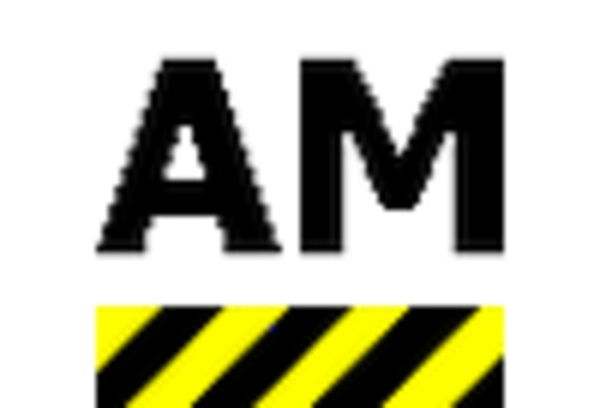Rising Air Travel Demand
The Commercial Aircraft Seat Belt Market is poised for growth due to the rising demand for air travel. As more individuals opt for air transportation, airlines are expanding their fleets to accommodate this surge in passengers. According to industry reports, air travel is expected to grow at a compound annual growth rate (CAGR) of approximately 4.5% over the next decade. This increase in air traffic necessitates the installation of additional seat belts in new aircraft, thereby driving demand in the seat belt market. Airlines are also retrofitting existing aircraft with modern seat belt systems to enhance passenger safety and comfort. Consequently, the growing number of flights and passengers is likely to propel the Commercial Aircraft Seat Belt Market forward, as manufacturers respond to the heightened need for reliable and efficient seat belt solutions.
Focus on Passenger Experience
The Commercial Aircraft Seat Belt Market is increasingly influenced by the focus on enhancing passenger experience. Airlines are recognizing the importance of comfort and safety in attracting and retaining customers. As a result, there is a growing trend towards the development of seat belts that offer improved comfort features, such as adjustable designs and additional padding. This shift is driven by consumer preferences for a more enjoyable flying experience. Airlines are also investing in marketing strategies that highlight their commitment to passenger safety, which includes the promotion of advanced seat belt systems. The emphasis on passenger experience is likely to drive innovation in the Commercial Aircraft Seat Belt Market, as manufacturers respond to the evolving needs and expectations of travelers.
Sustainability and Eco-Friendly Practices
Sustainability is becoming a pivotal factor in the Commercial Aircraft Seat Belt Market. As environmental concerns grow, airlines are increasingly adopting eco-friendly practices, including the use of sustainable materials in seat belt production. Manufacturers are exploring biodegradable and recyclable materials to reduce the environmental impact of their products. This shift towards sustainability is not only beneficial for the planet but also aligns with the values of environmentally conscious consumers. Airlines that prioritize sustainability in their operations are likely to gain a competitive edge in the market. Consequently, the demand for eco-friendly seat belts is expected to rise, driving growth in the Commercial Aircraft Seat Belt Market as manufacturers adapt to these changing consumer preferences and regulatory pressures.
Regulatory Compliance and Safety Standards
The Commercial Aircraft Seat Belt Market is significantly influenced by stringent regulatory compliance and safety standards imposed by aviation authorities. These regulations mandate the use of advanced seat belt systems that enhance passenger safety during flights. For instance, the Federal Aviation Administration (FAA) and the European Union Aviation Safety Agency (EASA) have established guidelines that require airlines to equip their aircraft with modern seat belt designs. This has led to an increase in demand for innovative seat belt solutions that meet these safety requirements. As a result, manufacturers are investing in research and development to create seat belts that not only comply with regulations but also improve overall passenger safety. The ongoing evolution of safety standards is likely to drive growth in the Commercial Aircraft Seat Belt Market, as airlines seek to ensure compliance and enhance passenger protection.
Technological Innovations in Seat Belt Design
Technological innovations play a crucial role in shaping the Commercial Aircraft Seat Belt Market. Recent advancements in materials and design have led to the development of lighter, more durable, and more efficient seat belts. Manufacturers are increasingly utilizing high-strength synthetic materials that provide enhanced safety features while reducing overall weight. This is particularly important as airlines strive to improve fuel efficiency and reduce operational costs. Furthermore, the integration of smart technologies, such as sensors that monitor seat belt usage, is becoming more prevalent. These innovations not only enhance passenger safety but also contribute to the overall efficiency of aircraft operations. As technology continues to evolve, the Commercial Aircraft Seat Belt Market is likely to witness a surge in demand for these advanced seat belt systems, reflecting the industry's commitment to safety and innovation.


















Leave a Comment